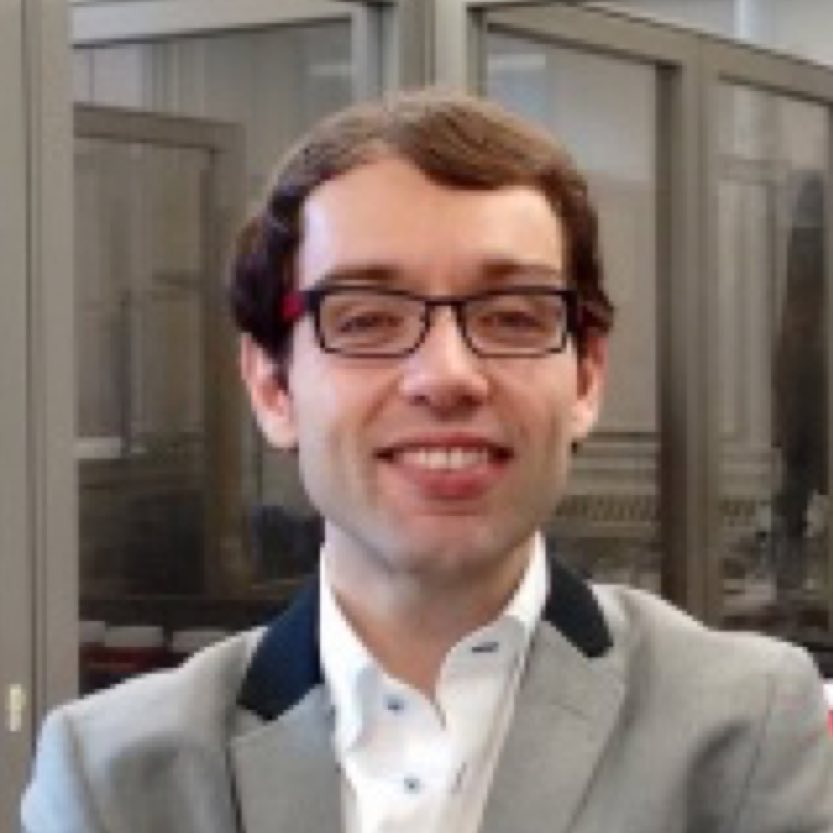Networks and graphs are used to represent pairwise relationships between elements of a set, and are objects of intrinsic interest. In graph signal processing (GSP), the object of study is not the network itself but a signal supported on the vertices of the graph. The graph is intended to represent a notion of proximity between the components of the signal and, as such, provides a structure that can be exploited in its processing. The use of a graph to process a signal is formalised by the definition of the graph shift operator (GSO), which is a matrix representation of the graph, and the graph Fourier transform (GFT), which projects signals in the eigenvector space of the GSO. The GSO and GFT have been proven useful in the processing of brain activity signals using brain networks, the study of epidemic spreading over social networks, and analysis of Markov random fields.
Antonio G. Marques received the telecommunications engineering degree and the Doctorate degree, both with highest honors, from the Carlos III University of Madrid, Madrid, Spain, in 2002 and 2007, respectively. In 2007, he became a faculty in the Department of Signal Theory and Communications, King Juan Carlos University, Madrid, Spain, where he currently develops his research and teaching activities as an Associate Professor. From 2005 to 2015, he held different visiting positions at the University of Minnesota, Minneapolis, MN, USA. In 2015 and 2016, he was a Visitor Scholar in the University of Pennsylvania, Philadelphia, PA, USA. His research interests lie in the areas of signal processing, networking and communications. His current research focuses on stochastic optimization of wireless and power networks, signal processing for graphs, and nonlinear network optimization. He has served the IEEE in a number of posts (currently, he is an Associate Editor of the SIGNAL PROCESSING LETTERS and a member of the IEEE Signal Processing Theory and Methods Technical Committee) and his work has been awarded in several conferences and workshops.
